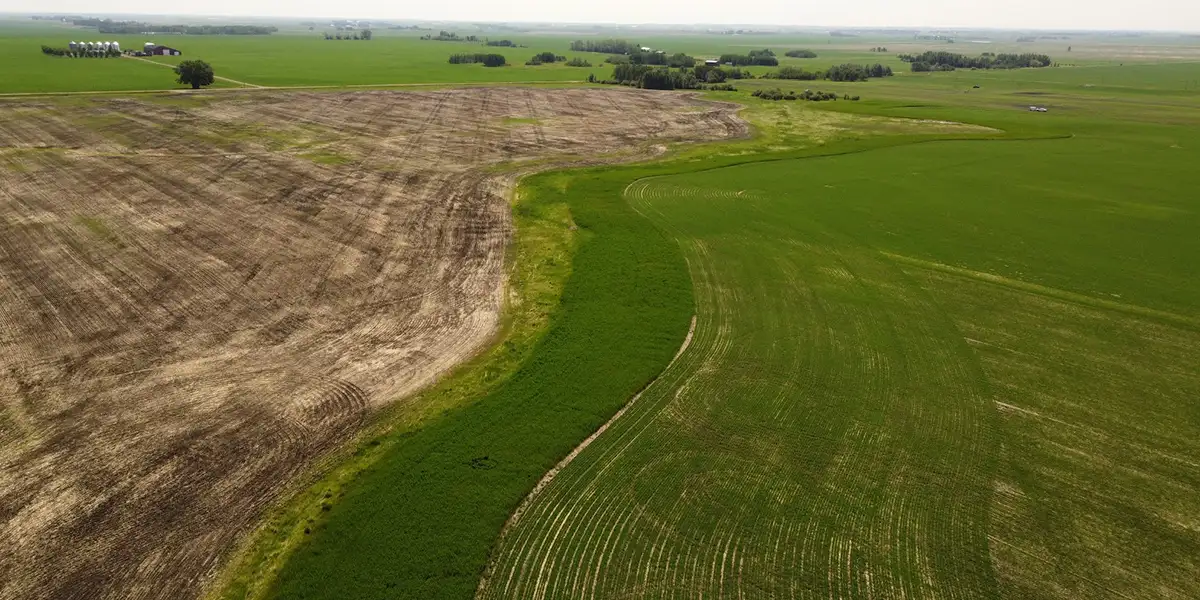Olds College Centre for Innovation (OCCI) is partnering with Ducks Unlimited Canada (DUC) and Farm Credit Canada (FCC) to evaluate the quality and quantity of forage produced on areas of marginal land that have recently been converted from annual cropland to perennial grasses, flowers and legumes.

An estimated five to 10 per cent of cultivated farmland in Canada is marginal, meaning these areas are farmed at a net loss. One option for producers to change this situation is to take these areas out of conventional production and convert them into an alternative perennial crop suitable to the land conditions. These converted areas pose the opportunity to generate revenue or offset feed expenses for producers if the perennial forages can be harvested or grazed for livestock feed. However, the forage value for restored marginal areas isn’t well known in Canada.
The applied research project is being conducted on areas of previously converted marginal cropland with partner producers as well as at the Olds College Smart Farm, which is a living laboratory on campus for crop, livestock and agricultural technology research spread over 3,000 acres. The project will start and end in 2025.
Goals
- Assess forage quality and quantity: Evaluate the nutritional value and yield of perennial forage grown on recently converted marginal crop land.
- Determine economic value: Estimate the financial value of the perennial forages of marginal land based on feed quality and yields.
- Educate and engage producers: Share research findings with farmers, agronomists and industry stakeholders to encourage informed decision-making.